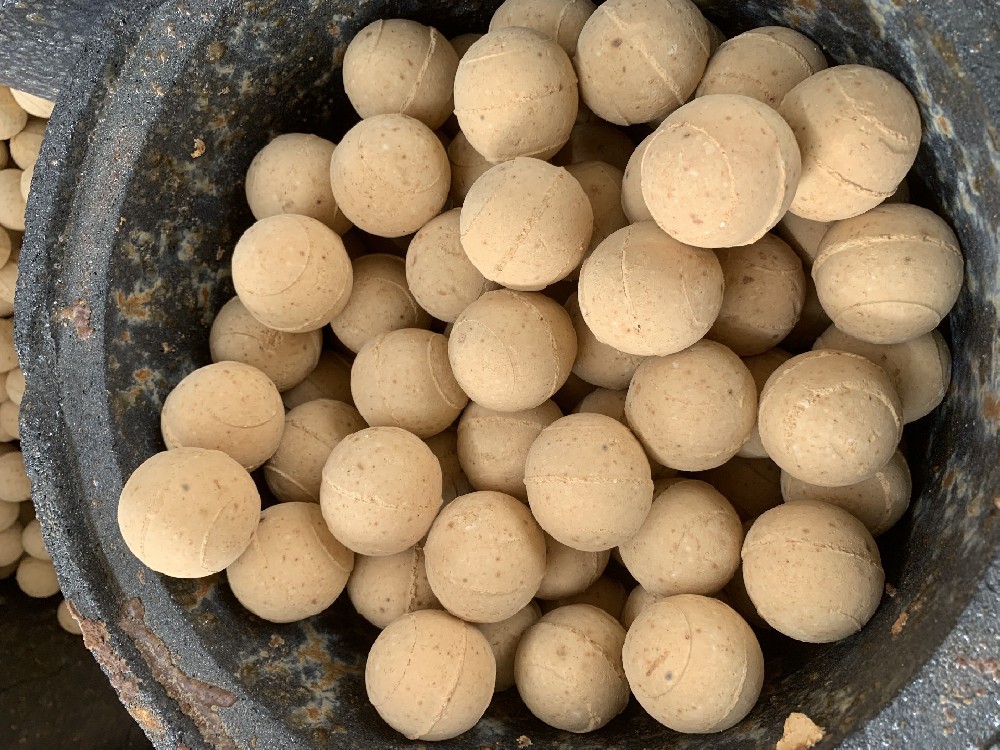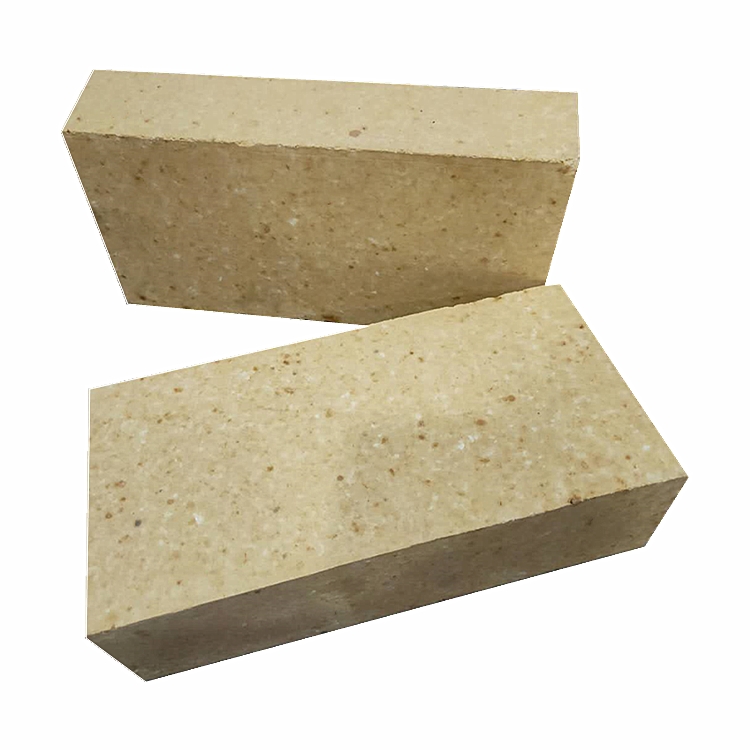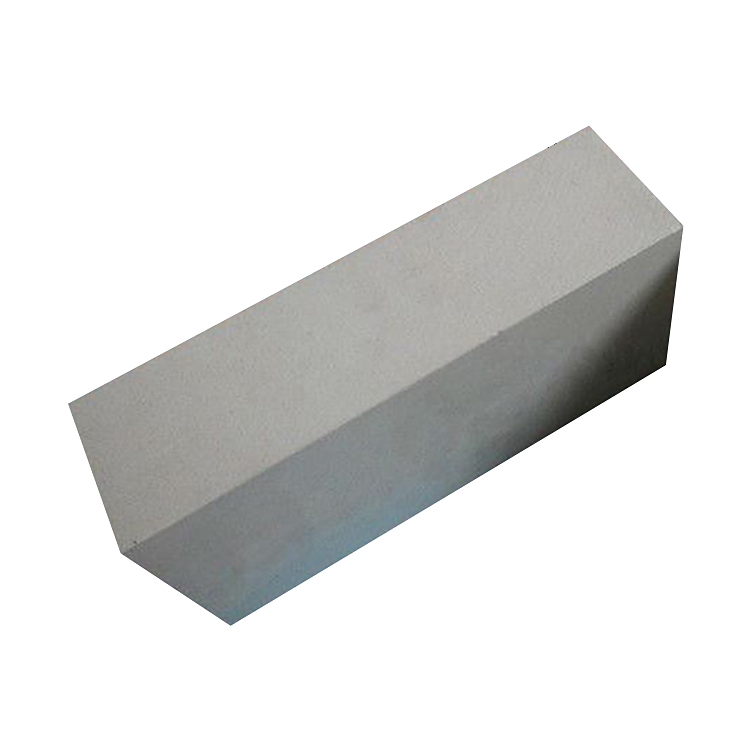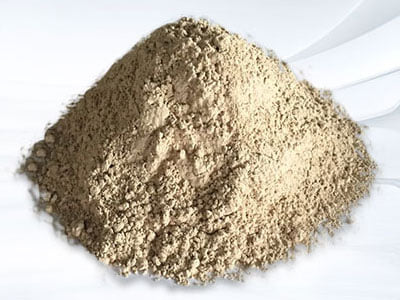The difference between high alumina brick and clay brick
Clay bricks have an aluminum content of 35%-45%. It is made of hard clay clinker, which is batched according to the particle size requirements, after molding and drying, and fired at a temperature of 1300-1400 ° C. The firing process of clay bricks is mainly the process of continuous dehydration and decomposition of kaolinite to form mullite crystals. Clay bricks are weak acid refractory products, which can resist the erosion of acid slag and acid gas. Clay bricks have good thermal properties and are resistant to rapid cooling and rapid heating.
In the temperature range of 0-1000℃, the volume of clay bricks expands uniformly with the increase of temperature. The linear expansion curve is similar to a straight line, and the linear expansion rate is 0.6%-0.7%. When the temperature reaches 1200℃, As the temperature continues to rise, its volume will begin to shrink from the maximum expansion. When the temperature of the clay brick exceeds 1200 °C, the low melting point in the clay brick gradually melts, and the particles are closely attached to each other due to the action of surface tension, resulting in volume shrinkage.
High-alumina refractory bricks are refractory products with aluminum content greater than 48%. The refractoriness and softening temperature of high-alumina bricks are higher than those of clay bricks, and their slag corrosion resistance is better, but their thermal stability is not as good as clay bricks. High alumina bricks have high density, low porosity and wear resistance. For the furnace head and furnace bottom of some furnace types, it is better to use high-alumina bricks for masonry; but if it is a carbon furnace with specific clay bricks, it is not suitable to use high-alumina bricks, because high-alumina bricks are prone to curling at high temperatures. warped corners.
High alumina bricks are mainly used for the lining of blast furnaces, hot blast stoves, electric furnace roofs, blast furnaces, reverberatory furnaces and rotary kilns. In addition, high alumina bricks are widely used as open hearth regenerative lattice bricks, plugs for pouring systems, nozzle bricks, etc. However, the price of high-alumina bricks is higher than that of clay bricks, so clay bricks are still used where clay refractory bricks can meet the requirements.
-

Thermal storage alumina balls
The Thermal storage alumina ballsis made of industrial alumina and refractory kaolin as the main raw materials through scientific formula, forming and high-temperature calcination.Thermal storage alumina ballss are divid··· -

Anti-stripping high alumina brick
Use description of Anti-stripping high alumina brick1. Anti-stripping high alumina brick has a good application in low temperature parts such as large and medium-sized cement precalciner, kiln smoke chamber, indoor decom··· -

Anti-stripping high alumina bricks
Anti-stripping high alumina bricks are made of high alumina bauxite clinker, mullite, kyanite, zircon sand, and binder after granulating and powdering processes, mixed in a certain proportion, pressed into shape, and fir··· -

silica hot repair refractory
Performance index of silica hot repair refractoryThe material is a kind of plastic unshaped refractory material, its main component is SiO2, it is made of special clinker and various binders and additives, and it is proc···

